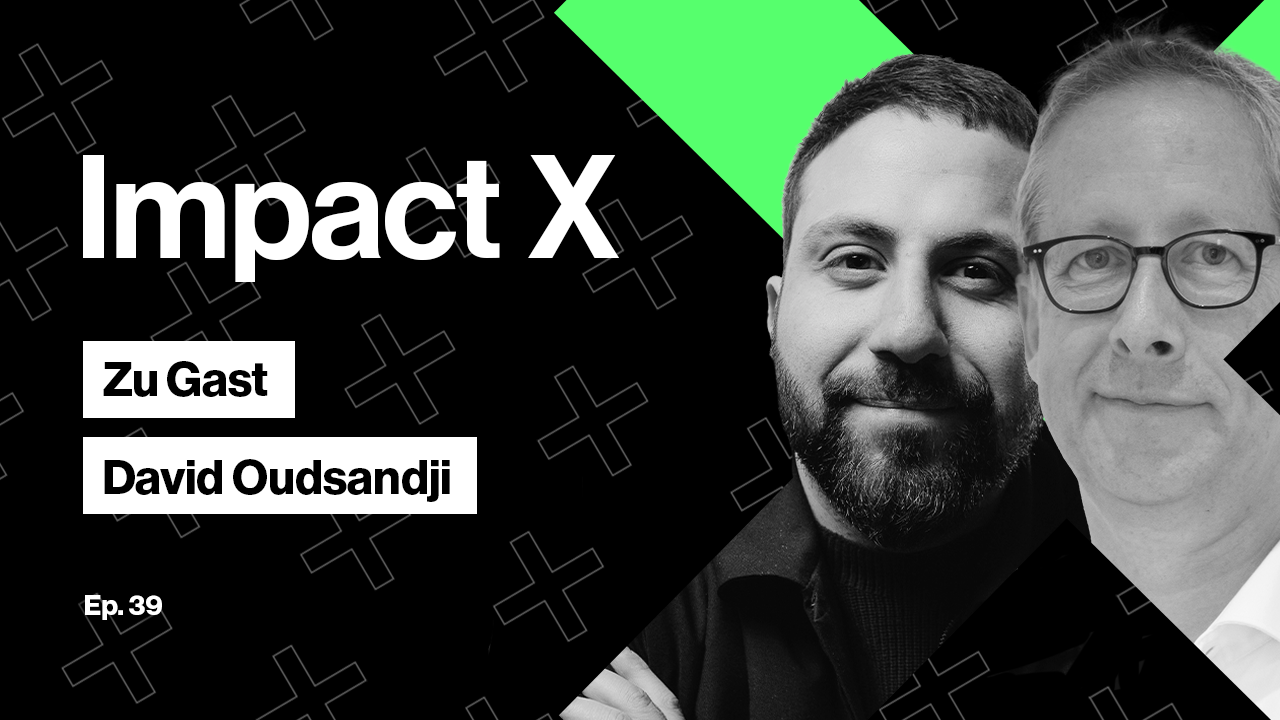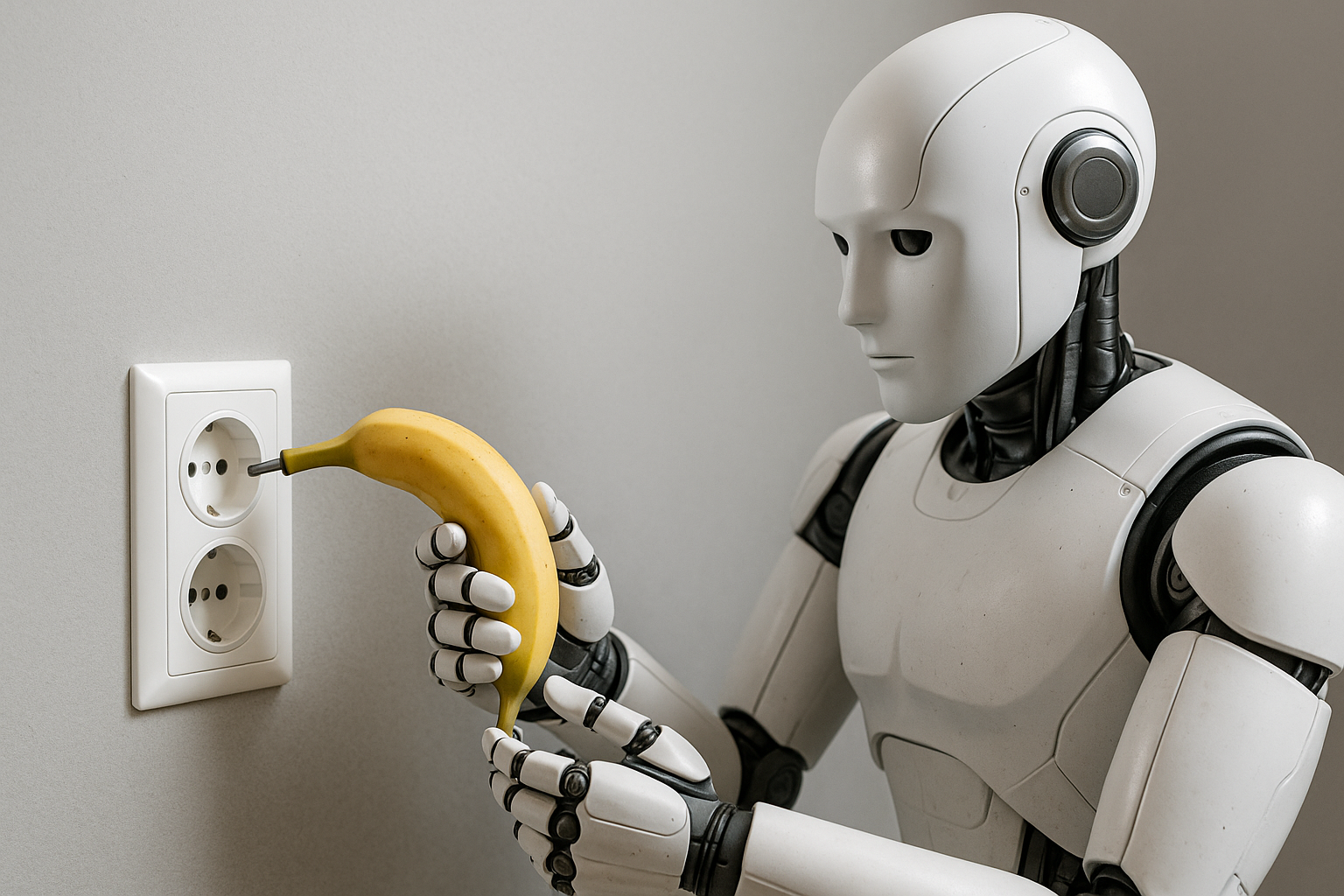How we can all adjust to the post McFit and post-Peloton times?
Every era has its favourite business model. Peloton now knows that people spend more money on seeing and being seen in the gym than on overpriced bikes with community software on subscription.
Most PE and VC investors do not realise yet that the era of SaaS models (Software as a Service, i.e. software in a subscription model) is actually over. Start-up founders are still being pushed in the direction of recurring revenue (subscription) models because the entire private equity industry is fixated on ARR, i.e. annual recurring revenue, as the key performance indicator of happiness.
Daily newspapers as the origin of subscription models
The pioneers of the subscription model 70 years ago were the daily newspapers. This was followed by magazines, which could only afford editorial offices thanks to their often oppressively organised subscription models. However, the media industry has been noticing a dwindling consumer appetite for such subscription models for around 15 years.
Digital successors such as Netflix, Disney and Spotify are also realising that despite having access to the planet’s entire film and music libraries, users cannot be kept in the subscription model forever and the marginal benefit for users decreases over time. In the streaming market, this is currently primarily due to fragmentation by various services and competition for attention from alternative services such as TikTok.
Software sales over the years
The software industry has been selling licences for over 30 years, starting with the PC boom in the 1990s. Investors in private and listed companies were enthusiastic about this for a long time. This was because they realised that once software had been developed, it could be scaled almost infinitely through licensing and a global distribution model. From an economy of scale perspective, software was THE optimal product because you could create money-printing machines at the marginal cost of distribution. This era was characterised by the development of global sales machines. At that time, new sales were easier to organise than the time-consuming management of customer relationships.
From this, companies such as Microsoft, Oracle and SAP have developed, some of which are still very successful today. The licences sold in the 1990/2000s could theoretically be used by companies and users forever. In reality, the benefits are now diminishing very quickly due to the ever-increasing frequency of changes over the years.
This is why the company started selling maintenance contracts to corporate customers in the 2000s. New customer growth was now reaching its limits and existing customers needed to be better supported, and then squeezed out. The intermediate step of maintenance contracts made it possible to get customers used to the genuine recurring models of the cloud age from the 2010s onwards. Finally, we were back to the subscription models.
The private equity sector and investors in listed stocks pay 20 multiples for pure software recurring revenues, which is the pinnacle of value creation. However, not on EBIT as for almost all other asset classes, but on turnover! Only with low interest rates and massive growth rates in excess of 25% per year can the discounting models be bent to such an extent that such valuations can still be rationally justified.
Renaissance of customised software solutions
The investors’ favourite model is feeling pressure. The end of the party is in sight. In companies, CFOs and bean counters are regaining the upper hand and costs are coming back into clearer focus in times of inflation, supply chain challenges, and demand problems. And suddenly customers are realising one thing: the SaaS cloud model is like gym subscriptions. The CFO pays for a software subscription for all employees, but most users don’t go to the gym at all! There is growing resistance to the simple billing models per user per month in simple models.
And then there is the issue of AI and its impact on the development of customised software. After all, what if customers were to receive customised solutions developed by AI programmers based on their own requirements in the future, where the major disadvantages of individual software projects today are no longer there?
- Better maintainability through clearly traceable and documented requirements over time
- Significantly lower costs due to the use of AI during implementation
- Greater accuracy of fit to the specific requirements and therefore a greater competitive advantage for the customer over its competitors
- Lower maintenance costs or customisation costs depending on the changes actually required and not due to new product features, which are usually provided primarily for new customers in the sales process
The use of AI makes the use of customised software projects much more attractive than the large standard industry systems that are common today. The SaaS model is coming under significant pressure to become more attractive due to AI and cost pressure!
Integration of external data sources – API and more
In the past, good software usually only had one abstract task: data that the customer already owns or has access to somewhere should be entered into the software system. The software processes this data according to a fixed process logic, then skilfully links various data in the company and uses it to provide a basis for decision-making, create invoices, or coordinate departments and people.
The cloud world then gave rise to the topic of interfaces and integrations via APIs. In the last five years, a good SaaS service had to be easier and better to integrate with other SaaS solutions. As a result, the age-old topic of interfaces and integrations has gone from being a complex project realisation in the 1990s and 2000s to a much simpler task today. This development has fuelled the cloud SaaS idea and brought a few advantages for customers.
In today’s AI age, none of this will be enough for a rosy SaaS future. In future, a software provider will have to provide access to external data sources that will make customer data even more valuable because it will become an important basis for decision-making in the context of satellite, traffic, or anonymised transaction data from other customers.
By connecting external data sources and integrating AI, software companies are taking on the role of entire armies of consultants. This also means that it will become almost impossible to offer abstract tools such as “ONE ERP” or “ONE CRM”, because software providers will have to look much more closely at the added value and details of an industry.
Saas was an important efficiency driver for digitalisation
In recent years, the cloud SaaS model has enabled providers to tap into ever-larger global customer groups, as they have been able to reach the global market with continually lower start-up and implementation costs. In this world, it was mainly down to sales whether the software could really be established in other markets.
The increases in efficiency in software production over the last 30 years through the introduction of the agile concept as an attack on the hierarchical waterfall model of the 1980s, as well as the new distribution models through cloud provision and SaaS contracts that can be easily concluded online, can be categorised as gigantic.
Only one thing has actually happened: We have enabled the digitalisation of the world in every corner of our information-processing lives. We have digitised the interfaces of hearing, seeing, and part of thinking. With AI, we have now advanced into the area that was previously reserved for us humans: decision-making.
The resulting challenges will keep us busy for a few more years and turn enough industries upside down. However, there is another issue that we should keep an eye on.
The old hardware integration dilemma
The next decisive step for the complete digitalisation of our world is the full integration of software into hardware. What if the effect of a machine decision is actually transferred via a machine body – something we now call a robot – into the physical world, which is still the real world today?
What does this mean for our world of tomorrow, in which, for the first time in human history, human physical labour will not be made more efficient by technology, but will be possible completely independently of the presence of human bodies?
What does this mean for entrepreneurs and investors in relation to the age-old Microsoft-Apple battle? In this world of AI-controlled bodies, is it better to develop the whole stack of hardware (i.e. motor control, sensor technology) and software in an integrated form, or will specialised interfaces develop here due to the complexity of the task?
How will it end?
So, is there a clear answer today to the question of what will come after the SaaS model as the holy grail for investors and entrepreneurs?
No, but the times when a distribution model for software – because SaaS is nothing else – could be used to build a sufficient moat in the business model to make investors happy will come to an end when a sufficient number of investors have realised what is happening.
VC, PE, and equity investors will make new themes their favourite topic and shower them with money. I am convinced that this world will become a little more fragmented and compartmentalised.
It might not be such a bad thing if fewer people believe for years to come – or should we say hope – that as a car manufacturer like Tesla, you are the only one in this market to be valued like a software company.
It is to be feared that in a more fragmented and actually more realistic investor world, the exaggeration caused by attention and human fomo (fear of missing out) will increase. Perhaps we will long for the golden years when a simple distribution model for software investors brought the whole world into line.



